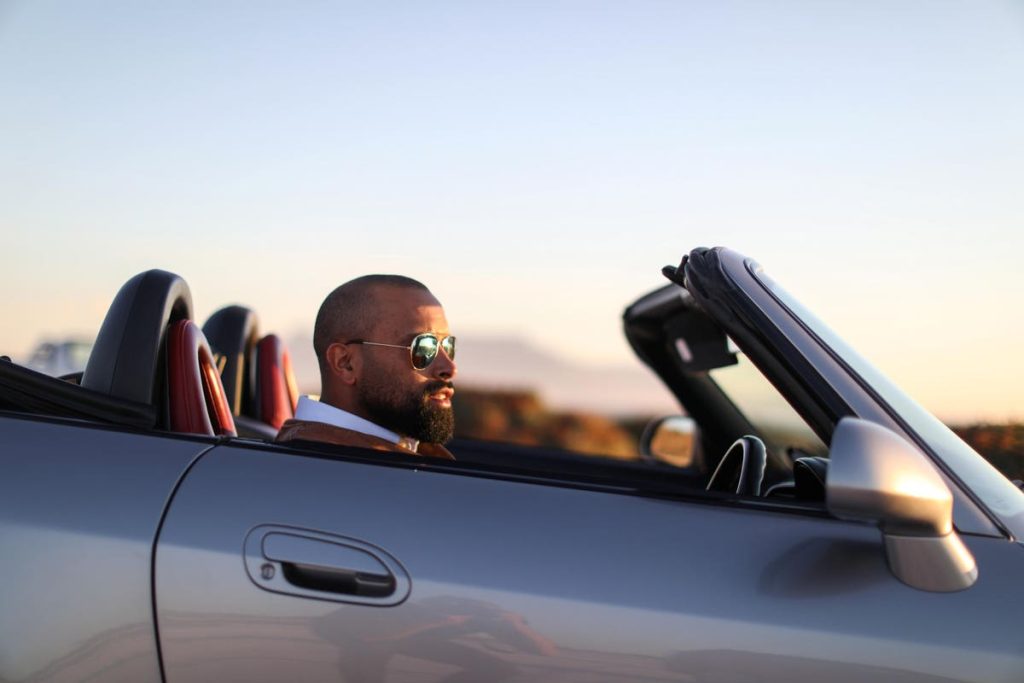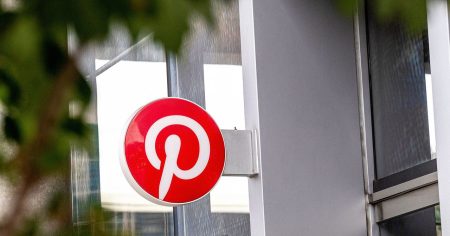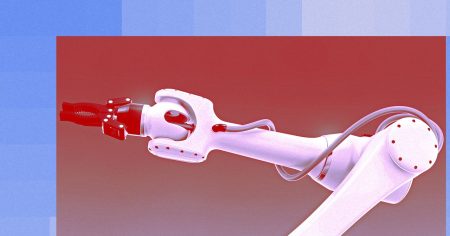Sebastien Centner is the Founder of Eatertainment Events, one of North America’s top event planning companies.
The year was 2006, and I was one of a dozen guests invited to BMW’s Driving Academy for a complimentary course on performance driving. At the time I was a young professional and, as a car enthusiast since childhood, I had recently stretched my budget to upgrade to my first BMW. I felt tremendously honored to be included in this small group of “VIP” customers and, frankly, didn’t feel like I belonged. Yet I think that may have been the point; I just didn’t realize it at the time.
Over the course of the next decade, I never considered buying anything other than a BMW. I waited with anticipation for new models to launch, looked forward to receiving my next invitation, and even (in the spirit of full disclosure) started working with BMW on their events. They had served me the Kool-Aid on a silver platter, and I was lapping up every ounce and asking for more.
It was at this point the veil began to lift, and I started to better understand the strategy. Through consistent communication and thoughtful interactions, they built a relationship with the goal of me remaining a loyal BMW driver. And it worked…to the tune of four cars over the next decade.
Creating Customer Loyalty
This method of creating loyalty with your customers is not new, and it certainly is proven to work: According to Event Track, “91% of consumers reported that they would be more inclined to purchase the brand’s product or service after participating in a brand activation or experience, and 40% felt they become more loyal to the brand.”
Building loyalty doesn’t happen overnight, though, nor can it be done in too obvious a way. Brands should understand the long game and truly appreciate that retaining a customer takes effort and investment. This cost will always be lower than the cost of acquiring a new customer.
Perhaps the car industry can be considered special, given the price point of its products compared to, say, groceries, fashion, or dining. Despite this, every company, big or small, should understand a simple fact that applies to all businesses: If a customer or client is willing to spend money on your product or service once, they’ll likely be willing to do it again. Your job is simply to keep them loyal.
A Solid Foundation
First and foremost, you need to deliver on the first purchase or experience, as this creates the foundation of the relationship. But once you’ve crossed that threshold, you can deepen loyalty, which can directly translate into repeat purchasing.
With the pandemic limiting in-person interactions, building loyalty was challenging, and supply-chain issues ensured that in many industries (automotive especially), demand was far exceeding supply. For these reasons and others, many brands abandoned their relationship-building efforts. Today, those brands that are reigniting their programs are gaining a massive advantage over their competitors.
Creating A Connection
While it might seem that customer connection initiatives would be impossible for small businesses to implement, there is always a way to create a connection, whether you’re a Fortune 500 company or a neighborhood family business.
According to McKinsey, “Seventy-one percent of consumers expect companies to deliver personalized interactions and seventy-six percent get frustrated when this doesn’t happen.” I personally experienced this recently at a restaurant my wife and I visited near our home in Miami. We had an excellent dining experience, but what was most impressive was what happened the next day.
The morning after our visit, we received an email from the general manager thanking us for joining them, offering for us to contact him directly for our next reservation and letting us know that they would be launching their DJ brunches in the fall (clearly the two bottles of rosé we had consumed made us their perfect target market).
It may not have been the GM himself sending this personal note; it was likely being handled by a junior staffer, a service or perhaps even AI. But regardless of who was behind it, the effect was the same, and it would pay off for the restaurant, as within days, my wife had already booked us and some friends for the opening Sunday DJ brunch.
The Value Of In-Person Interaction
According to McKinsey, “Personalization can deliver five to eight times the ROI on marketing spend and can lift sales by 10% or more.” In the event industry, we are constantly reminded of how valuable an in-person interaction between a customer and a brand can be. This value can be difficult to measure in terms of direct ROI, but the positive impact it has on guests at an event is recognized.
According to Bizzaboo, “80.4% of organizers identify in-person events as their organization’s most impactful marketing channel.” To succeed in this highly competitive consumer environment, companies should make relationship-building a key strategic pillar of their sales and marketing efforts, especially as consumers are looking to learn more about and interact more personally with brands.
Those that do will be setting the foundation for long-term loyalty. They will also have a step up on their competitors when it comes to customer retention—not to mention a direct line to their customers’ wallets.
Forbes Business Council is the foremost growth and networking organization for business owners and leaders. Do I qualify?
Read the full article here










